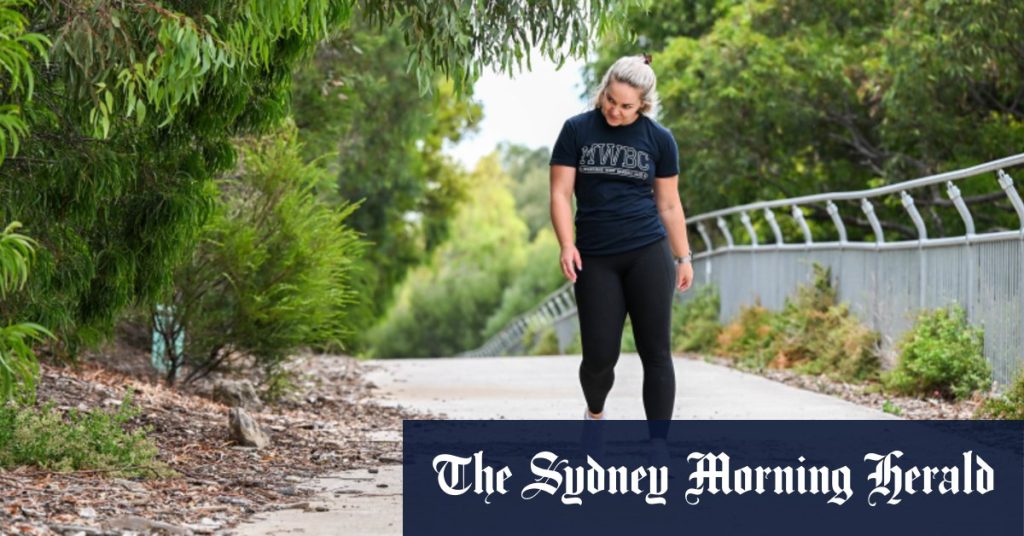Workers arrived late Saturday morning to erect more warning signs and stronger metal fencing across all three reserves in Hobsons Bay, covering a larger area to caution people about the presence of asbestos. Recycled mulch from the reserves had been sent for testing after recent findings at Donald McLean Reserve in Spotswood. The council planned to work with a material hygienist and the Environment Protection Authority to conduct remediation works on all affected sites. The revelation by the council came shortly after the EPA stated that the asbestos contamination was confined to the original park in Spotswood and was likely a result of illegal dumping.
Local Government Minister Melissa Horne clarified the situation by explaining that the council had extended their search beyond the original park and found other reserves with the same contaminated product. While the risk to the public was considered low because the asbestos was bonded, remediation efforts were deemed necessary. The supplier of the mulch was not publicly identified, raising concerns about the handling and procurement of the contaminated material. CityWide Service Solutions, a company chaired by former Labor premier John Brumby, had been awarded the contract for the park upgrade in Spotswood, where the contamination was first discovered.
CityWide released a statement indicating that the mulch used at Donald McLean Reserve had been provided by external providers who were registered and accredited for such activity. The four parks affected in Hobsons Bay had all been recently upgraded, with three of them being part of the state government’s West Gate Tunnel project. While state money had been allocated for the upgrades, the responsibility for contracting and maintenance of the parks lay with the council. Despite efforts to contain the contamination and conduct remediation works, concerns remained high among residents and park users about the safety of the environment and potential health risks associated with asbestos exposure.
Residents living near the contaminated reserves expressed their concerns about the situation, noting that the area was already impacted by industrial activities and environmental consequences. Evidence of building waste, including unidentified compound material, was found in recycled mulch along the Kororoit Creek Trail, further heightening worries about the potential hazards present in the area. Park users, including dog walkers and families, raised concerns about the safety of the pathway and the need for immediate action to address the contamination and ensure the well-being of those utilizing the area. The discovery of asbestos in the mulch had residents questioning the overall safety of public spaces and the measures being taken to protect the community from potential health risks related to exposure.
As efforts continued to contain the contamination and conduct remediation works, the need for transparent communication and accountability in handling hazardous materials became a key focus. The council’s collaboration with the EPA and other authorities to address the issue highlighted the importance of proactive measures to safeguard public health and the environment. The revelations surrounding the source of the contaminated mulch and the handling of the park upgrades raised questions about oversight and accountability in public projects involving hazardous materials. Moving forward, residents and park users called for increased vigilance and transparency in managing public spaces to prevent similar incidents and ensure the safety of the community.


